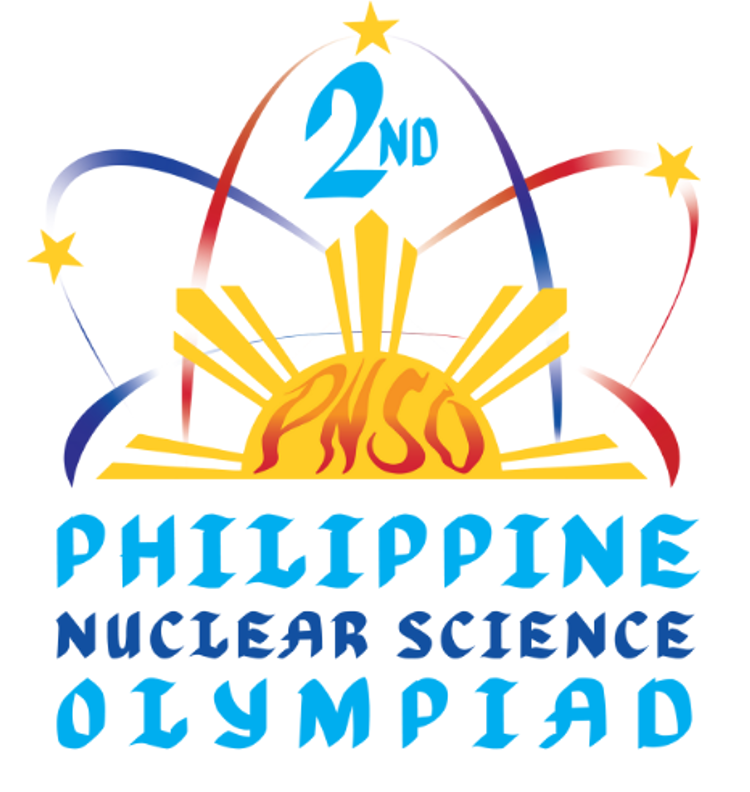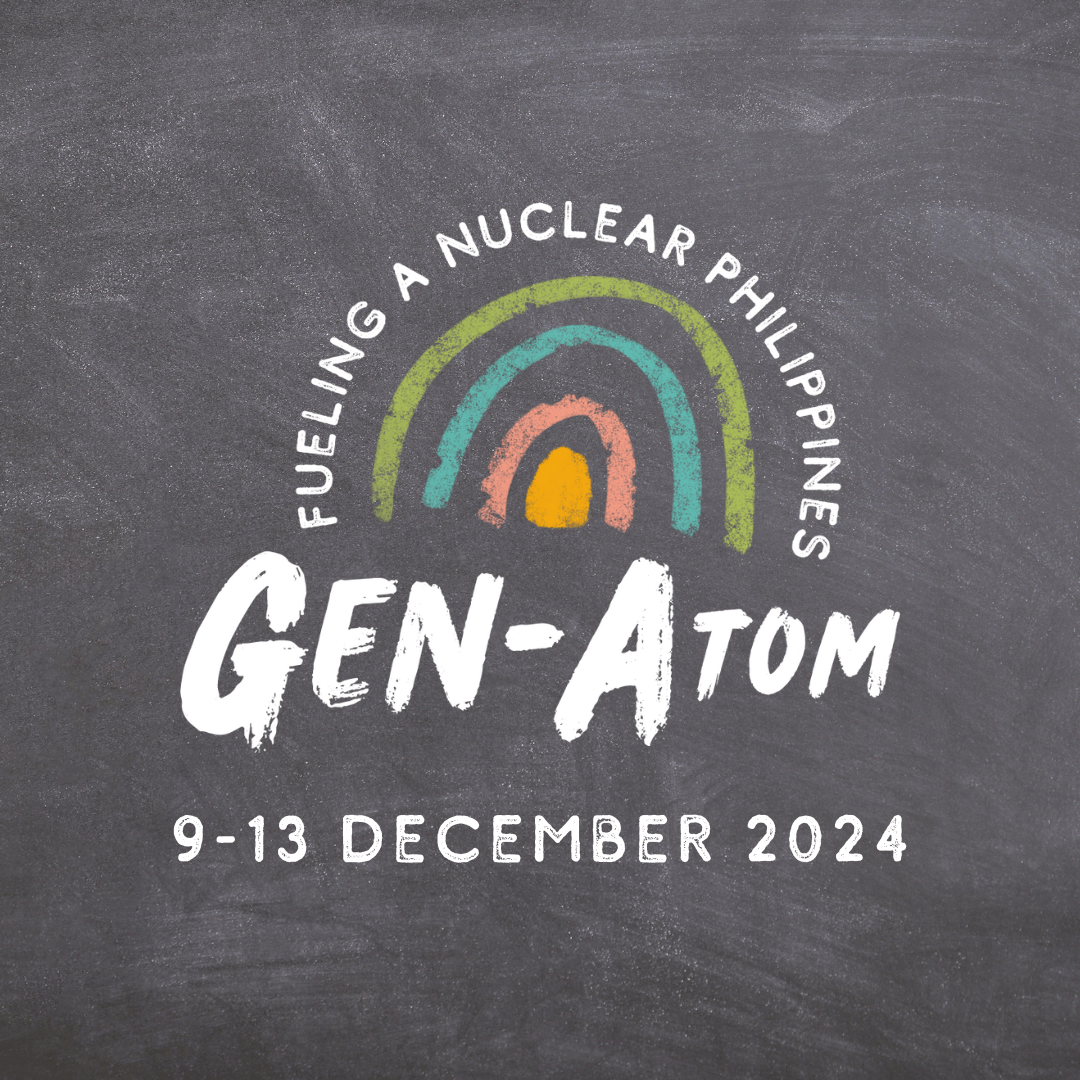Filipino Scientists to use Radiation to Sterilize, Reduce Dengue Mosquito Population
- Details

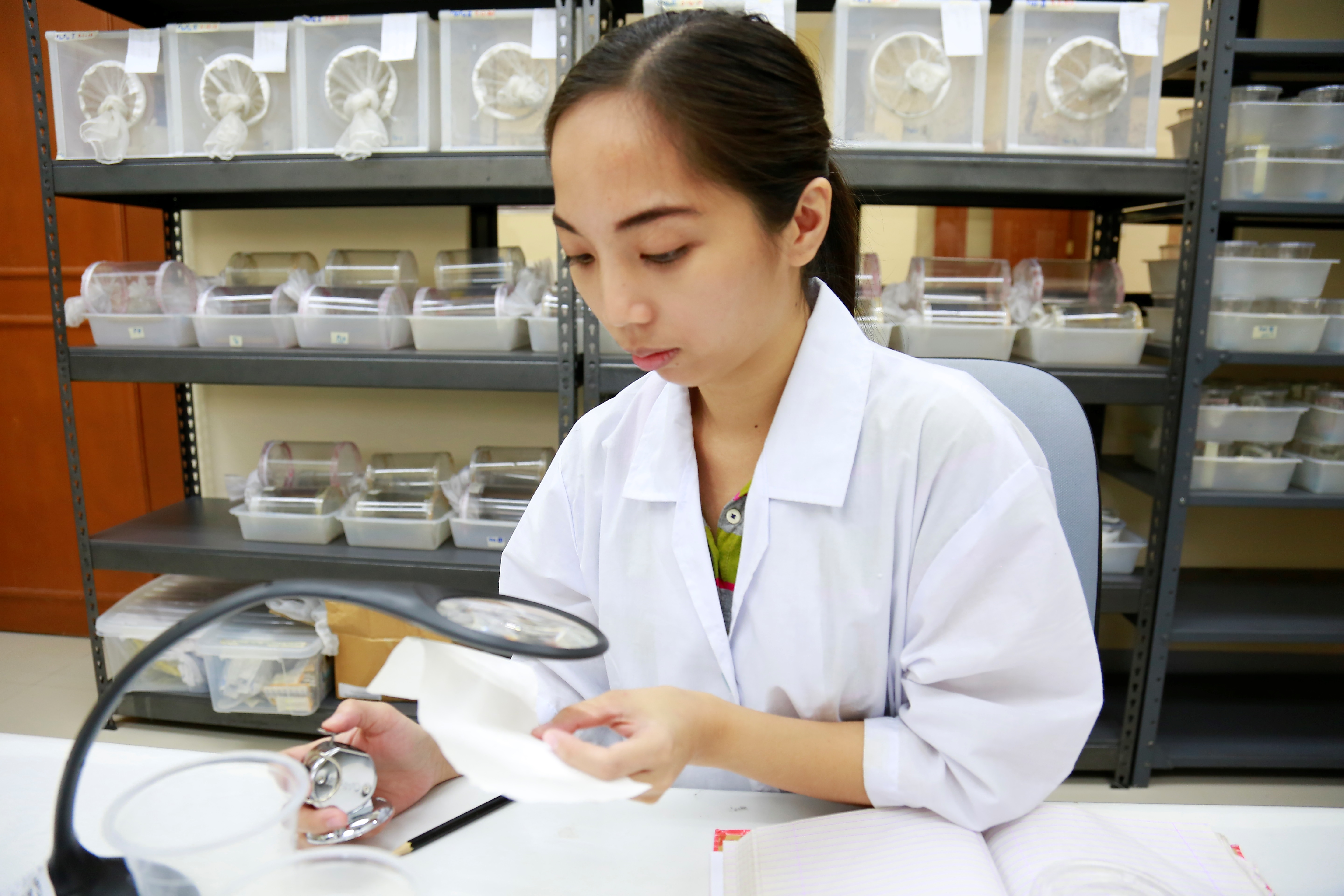
PNRI researchers conducting experiments on an Aedes mosquito colony at the PNRI laboratory
Filipino Scientists to use Radiation to Sterilize, Reduce Dengue Mosquito Population
With the Department of Health declaring a national dengue alert due to the increasing number of dengue cases in several regions, the Department of Science and Technology - Philippine Nuclear Research Institute (DOST-PNRI) continues to harness nuclear S&T to help mitigate the perennial dengue problem in the Philippines.
Using radiation to sterilize mosquitoes, PNRI scientists are starting to develop the Sterile Insect Technique (SIT) to reduce the population of Aedes aegypti, which serves as the vector for dengue, chikungunya and zika virus.
Male mosquitoes are reared in the laboratories to be exposed to gamma radiation which sterilizes the insects, after which they will be released to partner with females in the target areas.
Under natural conditions, female mosquitoes mate only once in their lifetime, and, unlike male mosquitoes, are the ones which transmit the dengue virus by biting a person since it feeds on human blood. Mating with sterilized male mosquitoes produces no offspring, and when sterile males are continuously released in the target area, the population of mosquitoes can be reduced.
Researchers aim to use the SIT along with other conventional methods of pest control. But unlike pesticides, sterilizing male mosquitoes does not pollute the environment and affects only the target insect while sparing many other natural mosquito predators. Moreover, it would be difficult, if not impossible, for the mosquitoes to become resistant against radiation.
The International Atomic Energy Agency (IAEA), an international organization within the United Nations system, also supports the development of SIT in many countries for use against pests as well as vectors of various diseases.
More recently, the SIT was successfully able to help suppress the mosquito populations in a pilot trial in Guangzhou, China, according to the IAEA.
PNRI has previously used the SIT to help control the population of fruit flies in Guimaras Island, famed for its export-quality mangoes.
As the SIT for Aedes mosquitoes is still being developed in the Philippines, researchers are focusing on the improvement of rearing protocols, studying various radiation doses at which sterilized male mosquitoes are still capable of competing for mates with mosquitoes in the wild, mosquito fertility and population dynamics, among others.
Statement on the Passing of IAEA Director General Yukiya Amano
- Details
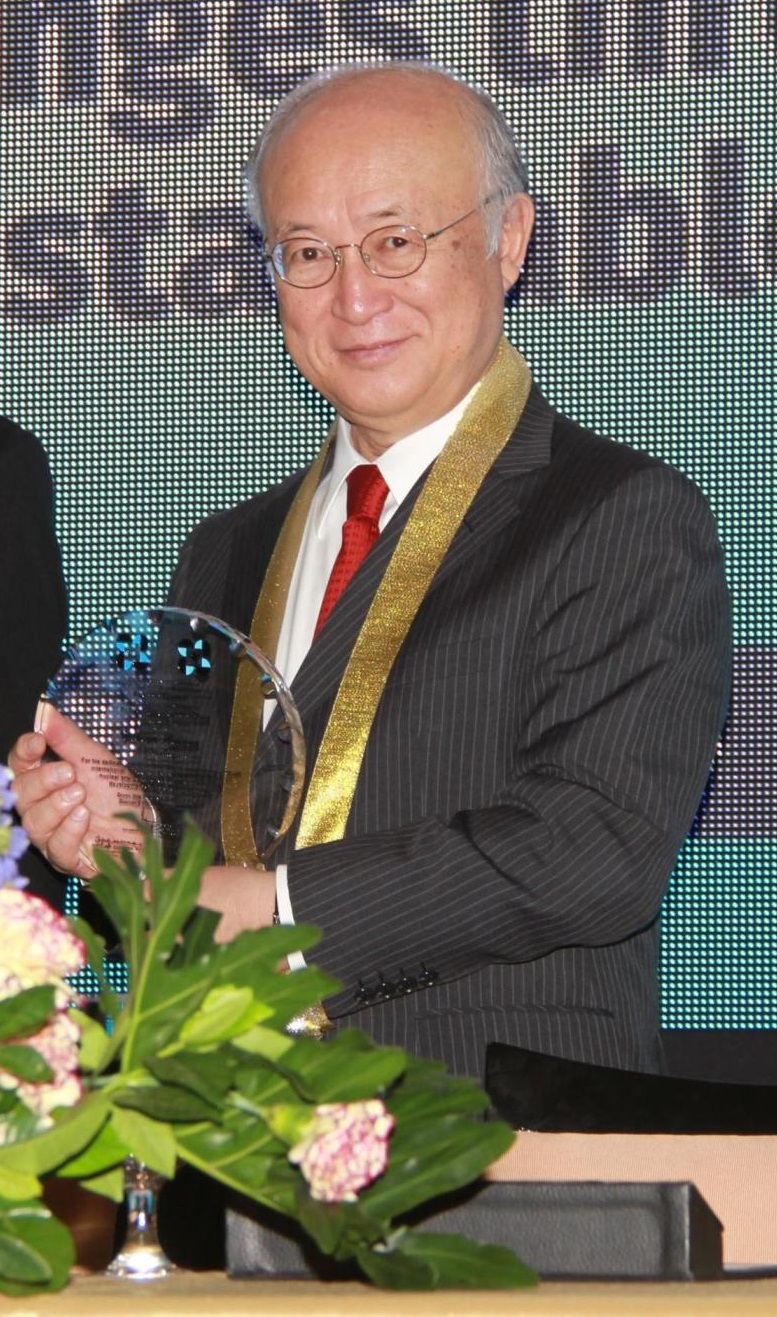
IAEA Director General Yukiya Amano during the 3rd Philippine Nuclear Congress in December 2015
Statement on the Passing of IAEA Director General Yukiya Amano
We are deeply saddened by the passing of Director General Yukiya Amano of the International Atomic Energy Agency (IAEA).
His leadership of the IAEA has seen the further strengthening of the Philippines' cooperation with the IAEA as well as its fellow Member States.
The Director General personifies the Agency's unceasing support for the development of nuclear science and technology in the country, as shown by his visits to the Philippines - first in 2010, twice in 2015, including the historic 3rd Philippine Nuclear Congress, and more recently in 2018.
Yet, meeting him both in the Philippines as well as in the IAEA headquarters in Vienna, Austria showed that beyond being one of the world's foremost diplomats and the face of the world's nuclear watchdog, DG Amano as a person demonstrated such warmth and cordiality that never fails to leave an impression.
His legacy will live on through the IAEA's continued thrust towards Atoms for Peace and Development, and the continuous struggle to meet the United Nations Sustainable Development Goals, to which the Philippines commits its full support.
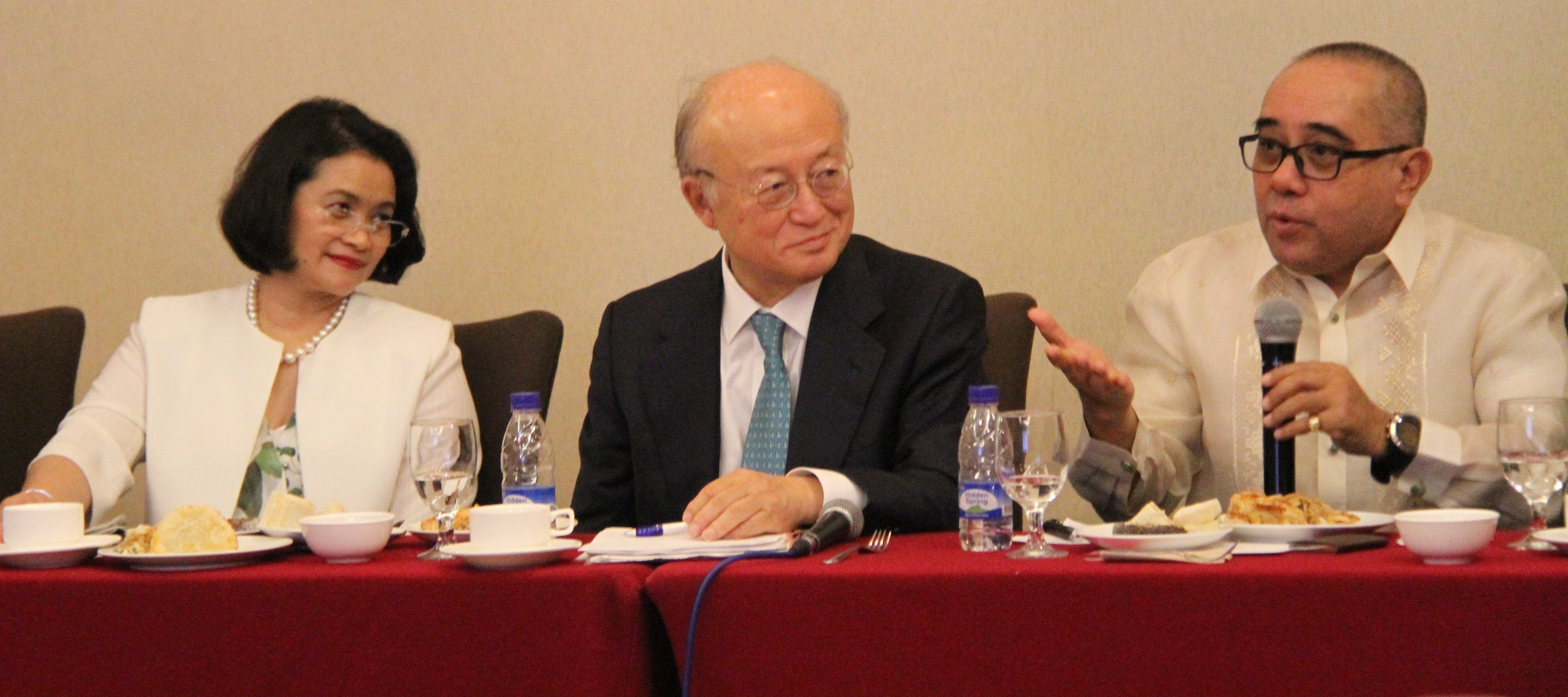
IAEA Director General Yukiya Amano (middle), Ambassador Maria Cleofe Natividad, Permanent Representative of the Philippines to the IAEA (left) and DOST-PNRI Director Dr. Carlo Arcilla (right) during the roundtable discussion (photo below) with members of the academe at the Crowne Plaza Manila Galleria on February 9, 2018.
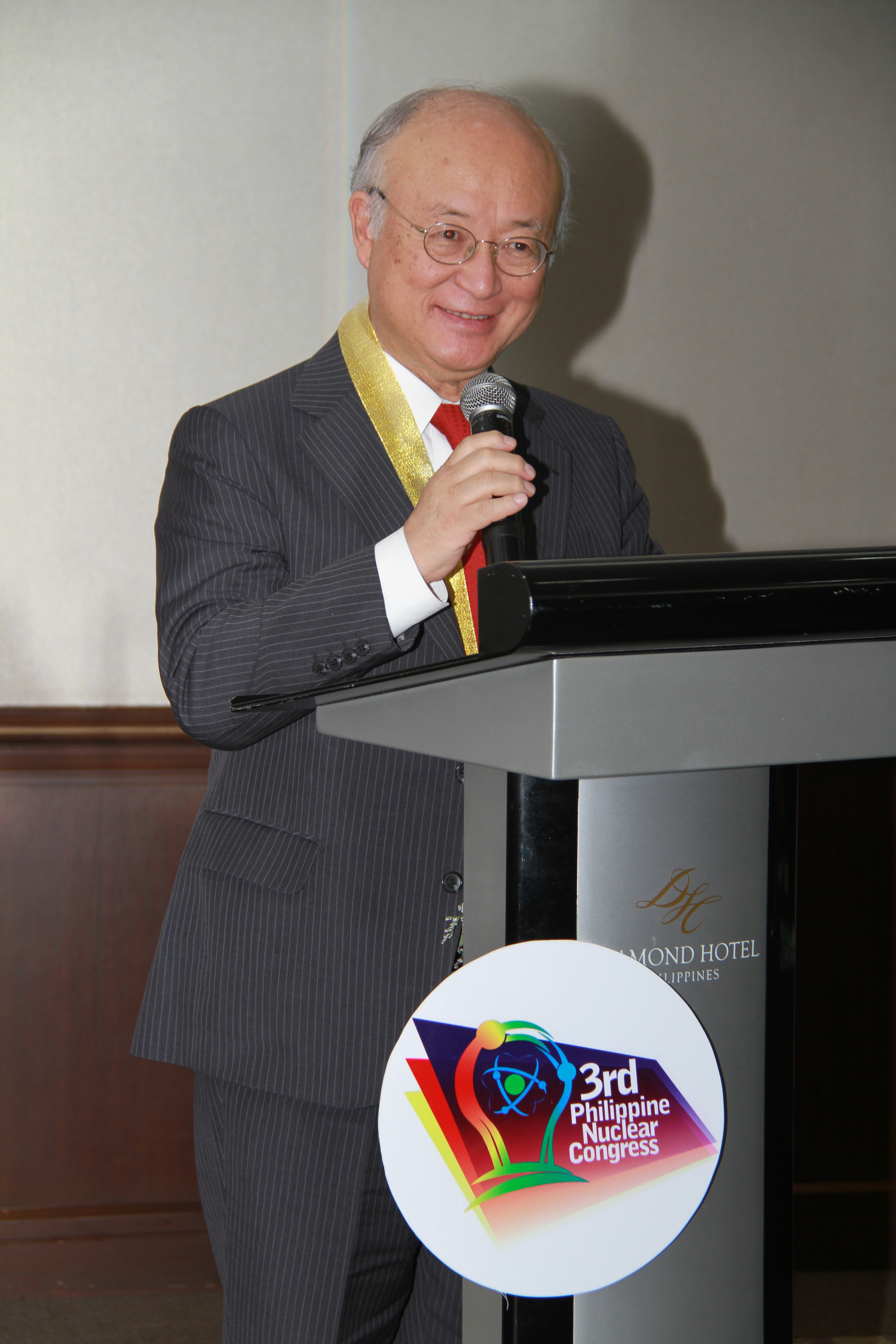
IAEA Director General Yukiya Amano during the 3rd Philippine Nuclear Congress in December 2015
30% More Rice! Carrageenan PGP Now Available in the Market
- Details

Carrageenan PGP increases the yield and improves the quality of crops
30% More Rice! Carrageenan PGP Now Available in the Market
Filipino farmers can now look forward to a greater harvest, as the radiation-processed Carrageenan Plant Growth Promoter (PGP) formulated by the Department of Science and Technology (DOST) is already available in the market!
The Carrageenan PGP is already being launched nationwide by various technology adopters, distributing it through various dealers, cooperatives and other possible arrangements. For an optimal amount of 9 liters per hectare, farmers could use the PGP along with conventional fertilizers.
According to PNRI Scientist Dr. Lucille Abad, the formula has been proven to increase rice yields by as much as 30% versus the yield from average farmer practices, while also making the crops more resistant to blight and infestation caused by tungro virus, and strengthening the crops' extensive root systems, which can better withstand the effects of lodging during typhoons.
The PGP also had the effect of driving away harmful pests without harming insects and arthropods which are naturally beneficial to crops. Not only does the PGP increase the number of cavans, but it also made each cavan heavier and fully-laden with rice. With the PGP, farmers could earn up to an additional Php 16,000, or more than $300 – an increase in income by over 19%.
Scientists from the DOST – Philippine Nuclear Research Institute (DOST-PNRI) developed the PGP from carrageenan, a natural polymer extracted from red seaweed. Using the fabricated liquid handling system at PNRI’s Electron Beam Irradiation Facility, the carrageenan solution is processed using electron beams into a foliar fertilizer sprayed at certain stages in the plant’s life.
The PGP was funded by the DOST – Philippine Council for Agriculture, Aquatic and Natural Resources Research and Development (DOST-PCAARRD) and tested in cooperation with the University of the Philippines – Los Baños National Crop Protection Center (UPLB-NCPC).
The formula was set for field trials by the Department of Agriculture (DA) from 2015 to 2019 to cover several provinces in Luzon, Panay Island, Zamboanga and Davao, for a total of around 35,000 hectares of farmland. Farmers can maximize the potential yield of their crops when using PGP in conjunction with more efficient farming methods and proper timing.
Other food crops such as mungbean, peanut, leafy vegetables, corn, sugarcane, and banana are also being subjected to PGP field tests, where results showed an increase in yield by around 35% for mungbean and around 40% for peanut.
More than just improving the yield and agronomic traits, scientists are also pushing the limits of the PGP’s beneficial effects, particularly whether it can help crops survive in adverse conditions, which become increasingly likely due to climate change as well as natural disasters.
The Fertilizer and Pesticide Authority (FPA) has certified the PGP for commercialization in rice, with plans to widen its coverage to include other crops in the near future.
Visit the Carrageenan PGP exhibit along with other marvels of nuclear science and technology at the 2019 National Science and Technology Week celebration from July 17 to 21 at the World Trade Center in Pasay City.
PNRI Features Nuclear Innovations at the 2019 NSTW
- Details
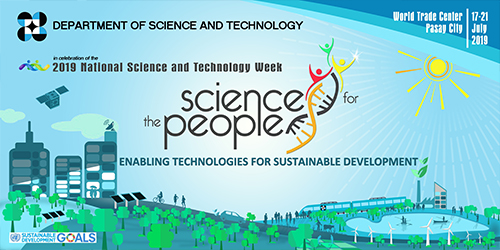
PNRI Features Nuclear Innovations at the 2019 National Science and Technology Week
Featuring the latest Filipino-developed innovations in nuclear science and technology through its applications in agriculture, health, industry and disaster preparedness, the Department of Science and Technology – Philippine Nuclear Research Institute (DOST-PNRI) joins in the celebration of the National Science and Technology Week (NSTW) to be held on July 17 to 21 at the World Trade Center in Pasay City.
With the theme, "Science for the People: Enabling Technologies for Sustainable Development", the 2019 NSTW will feature interactive exhibits that aim to address worldwide problems and contribute to the 17 United Nations Sustainable Development Goals (SDGs).
For this year’s celebration, PNRI will exhibit several projects and technologies in the areas of energy, natural resources and environment on water and food, aging society, health and medical care, biodiversity and sustainable use of biological resources.
Among these innovations are the award-winning Carrageenan Plant Growth Promoter that will improve the yield and quality of our food crops, development of the Sterile Insect Technique to reduce the population of dengue-carrying mosquitoes, isotope techniques for water resource management and detection of adulteration in condiments, and the local production of medical radiopharmaceuticals such as Technetium-99m for diagnosis of various diseases.
The Institute will also feature several projects on resilience and innovation, particularly the role of nuclear S&T in disaster preparedness and response. These include the operation of the Comprehensive Nuclear Test Ban Treaty Organization (CTBTO) monitoring station, the establishment of a System for Online Monitoring of Environmental Radiation (SOMER) and the maintenance of the National Radiological Emergency Preparedness and Response Plan (RADPLAN).
PNRI will also highlight its long-standing partnership with the International Atomic Energy Agency (IAEA) through the years, as part of the DOST’s effort to strengthen its international linkages.
Held annually every third week of July, the NSTW highlights the significant contributions of science and technology in the development of the country, serves as a platform for S&T advocacy and showcases a unique experience for the general public on how S&T work to improve the quality of life for Filipinos, according to the DOST.









